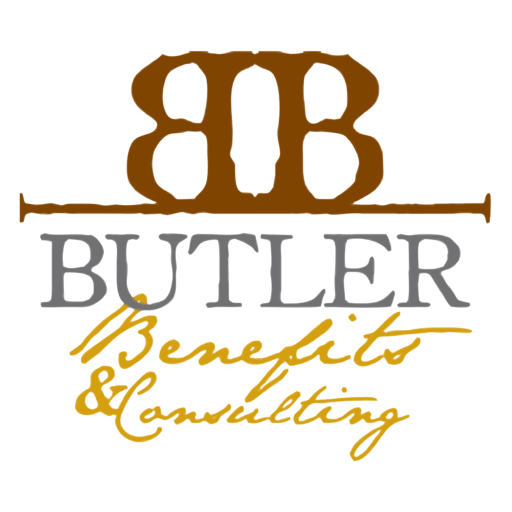6 Innovations Your Self-Funded Health Plan Needs

Each of these innovations have a quality and cost impact on a self-funded health plan. The easiest and least disruptive tactic is arguably more stringent medical bill review. This tactic doesn’t require massive change to the plan, which means little to no disruption for members, but it can yield up to 7-8% reduction in overall healthcare costs. Most TPA’s or BUCAH (Blue, United Health Care, Cigna, Aetna, Humana) plans have what is called a “auto-adjudication” process where a dollar threshold is established, let’s say $30,000, and all claims over the threshold are audited, but all claims under the threshold are “auto-adjudicated”, or paid without audit. This is problematic because lots of inappropriate payments show up in bills under $30,000 believe it or not. By lowering the auto-adjudication threshold, a self-funded plan will catch more inappropriate claims payments. We recommend self-funded plans drop the threshold to $10,000.

Take a look at this itemized bill we reviewed for a client. This employee’s son had an accident at football practice, injuring his elbow. He was taken to the ER where they did an x-ray (and charged $478 for it!), but look up top. They also billed for a strep test and flu test. Problem is, they didn’t actually test this boy for either, but there they are on the bill. Medical bill review caught this and we were able get this money back for the plan and member. Oh, by the way, see that last charge on the bill? The J0561? We negotiated that one down significantly as well….they charged over $1000….for a shot of penicillin, which cost the hospital about 25 cents. This is happening in over 80% of all hospital bills.
Nurse Navigation
Nurse Navigation is extremely important to a self-funded plan because members have no clue about the quality and cost of providers they are seeking care from. Let’s take a PPO network as an example. Can anyone tell me what is “Preferred” about a network where 98% of all doctors are in network?
Here’s the problem that causes. Within a PPO network, there are high-quality/low-cost providers within the network, but there are also low-quality/high-cost providers within the same network. Why on Earth would anyone go to a low-quality/high-cost provider? Because they don’t know. This is where the nurse navigation strategy comes into play. Embedded within high-performing health plans, nurse navigation can steer employees to high-quality/low-cost providers within any network, including your existing PPO network. This alone will improve clinical outcomes for employees, provide better care, improve employee satisfaction, and save money at the same time.
Direct Contracting
Direct contracting between self-funded health plans and healthcare providers is gaining steam as well. More and more employers are beginning to understand that using a third-party middle man to negotiate healthcare pricing is not always in their company’s best interest. In addition, more and more healthcare providers are beginning to understand that third-party middle men often times represent a real barrier to patient care. This is spurring both sides to meet in the middle and negotiate fair and reasonable reimbursement agreements, which is good for both parties. The cost savings potential for employers is enormous, and with that savings, savvy employers are taking large chunks of the savings and redesigning health plans that reduce and/or eliminate employee deductibles, coinsurance, and member out of pocket. Talk about value.
Prescription Optimization
Prescription drug pricing is the fastest inflating item within the healthcare plan. Ten years ago, RX spend made up about 6-8% of the total overall plan spend. Today, we are seeing prescription costs reaching up to 40% of total plan spend in some cases. Employers need to know about innovative alternatives for high-cost medications, including international options. It’s no secret that prescription drugs cost less in other countries, but employers need to know why. Once they know why, they can do something about it.
The other key aspect of prescription drug optimization is quality and safety. The opioid epidemic is a prime example. 75% of people addicted to heroine began abusing a prescription opioid. Employers are asking for ways to get involved, and they are looking for solutions that protect employees from this devastating crisis. Proper management of the prescription drug plan can deliver meaningful results.
Conclusion
Each of these innovations can be used as a stand-alone solution, or they can be bundled together for maximum effectiveness. The key for employers is “just start”! Start doing something to proactively manage the healthcare supply chain. These strategies lower costs, but they also improve benefits and even clinical outcomes for employees. It is time to transition self-funded health plans from reactive managers of insurance rates to proactive managers of the healthcare supply chain.





Leave a Reply
You must be logged in to post a comment.